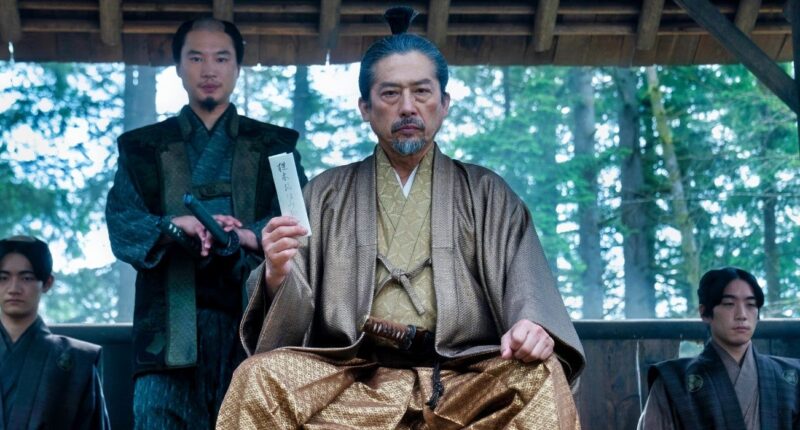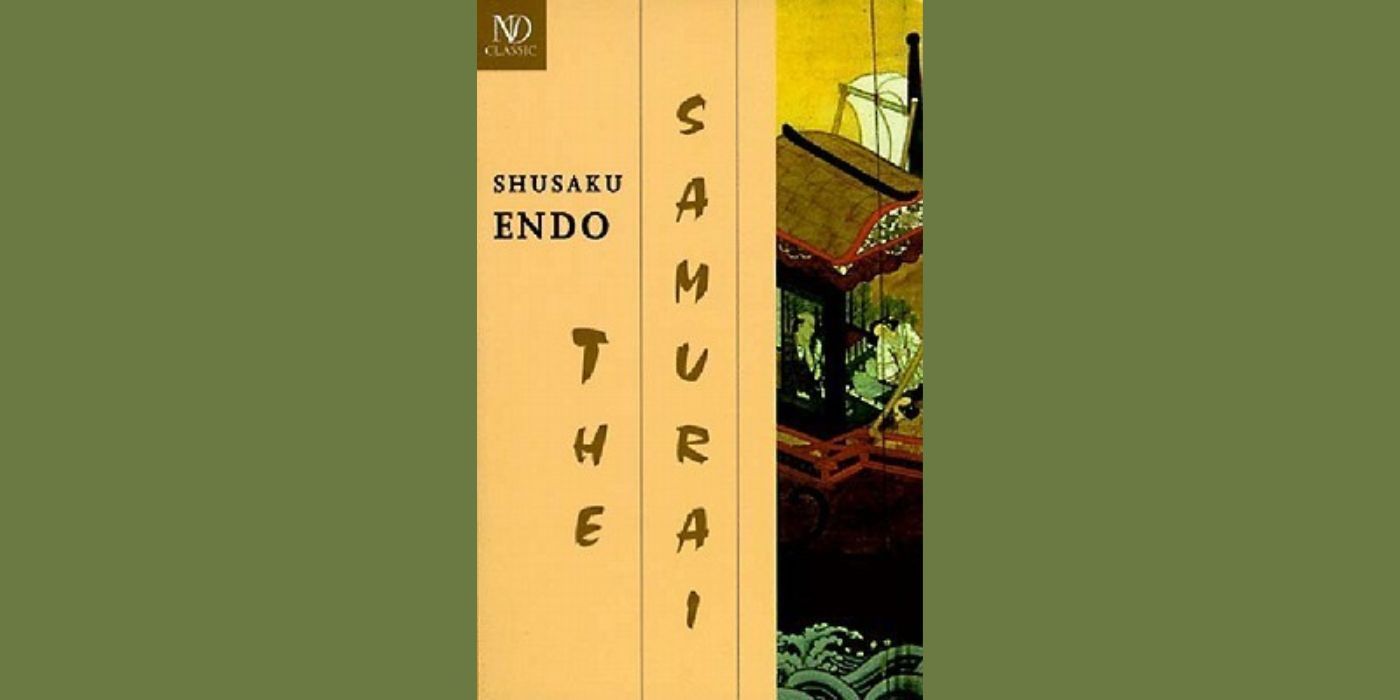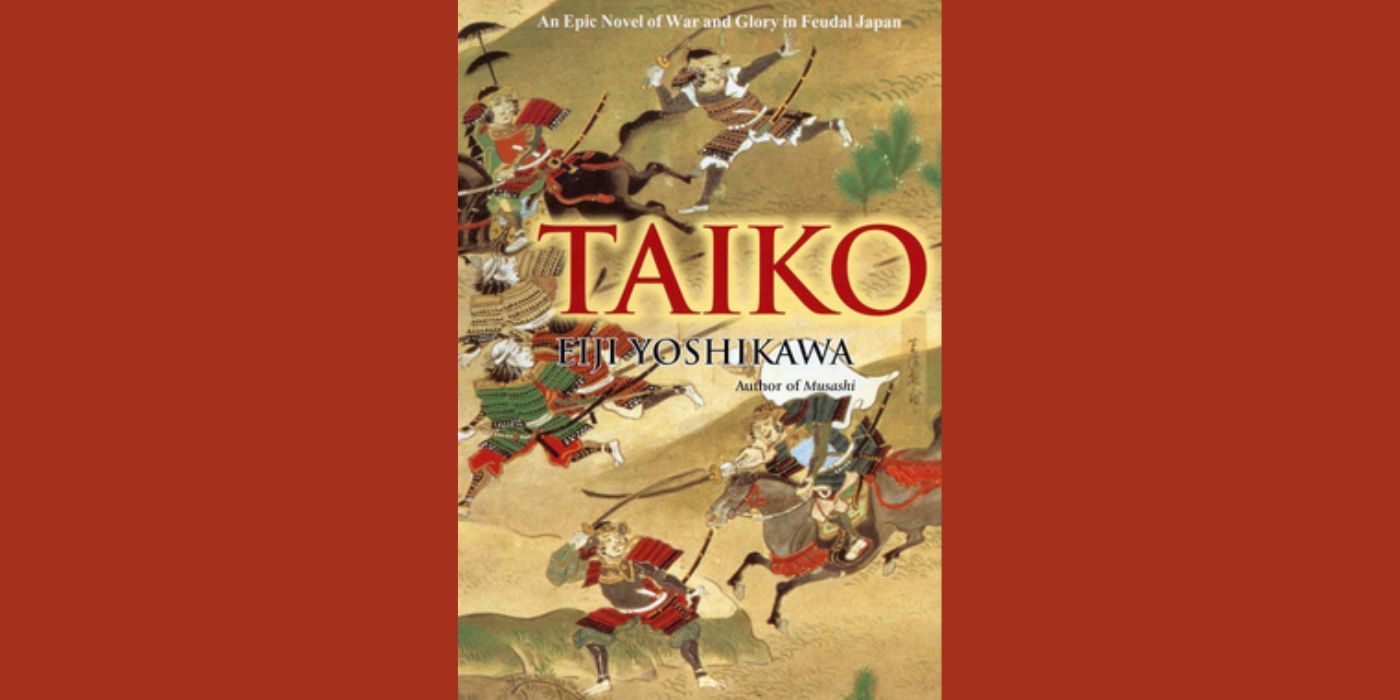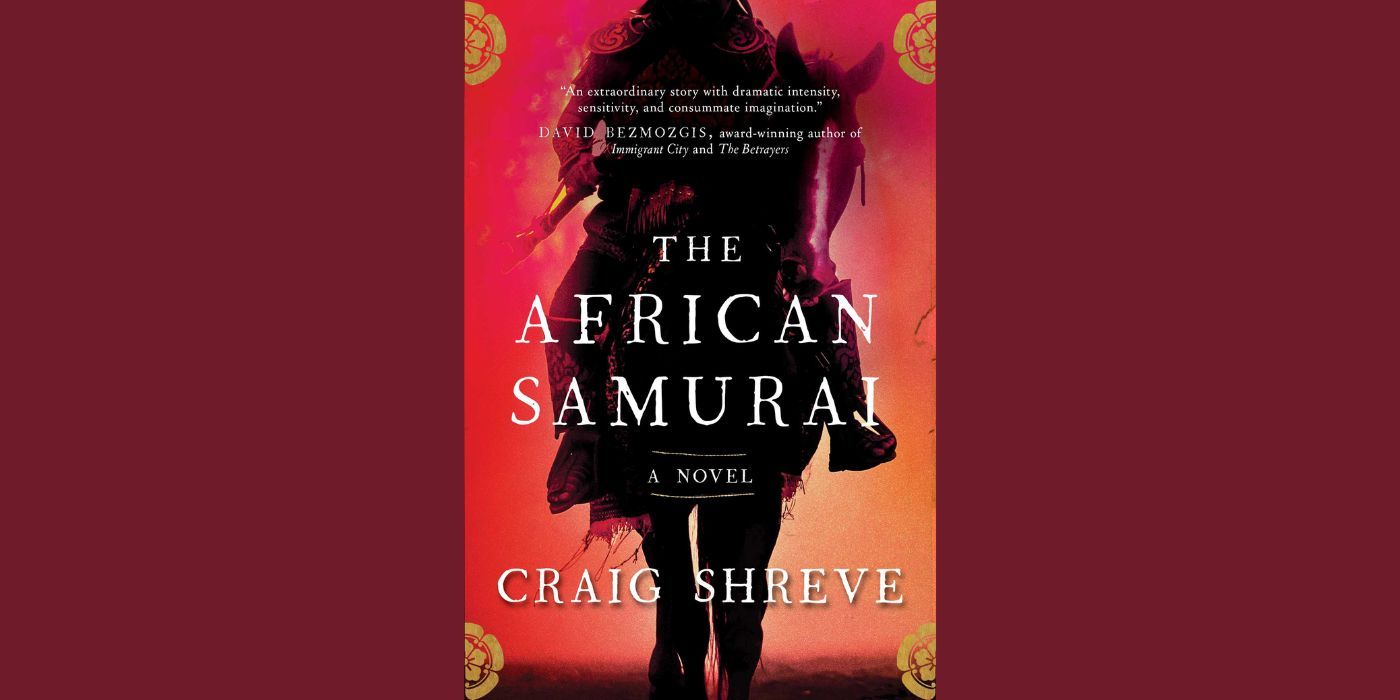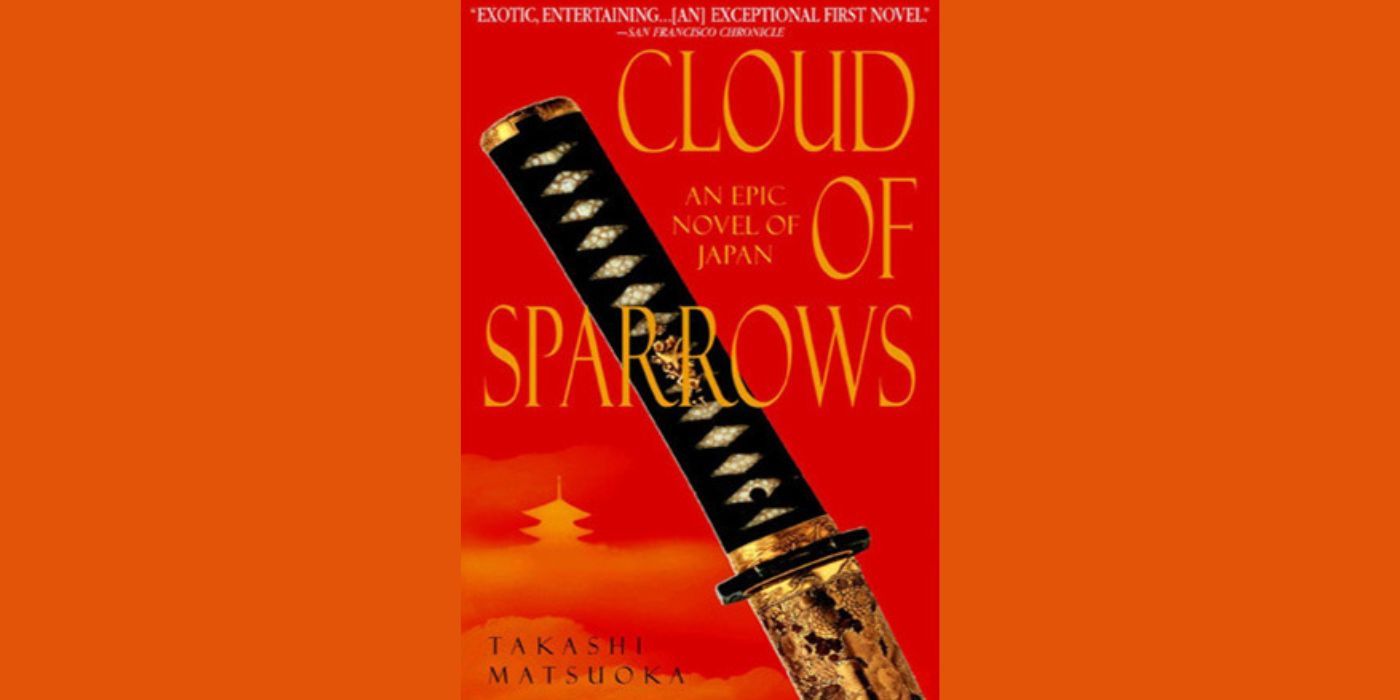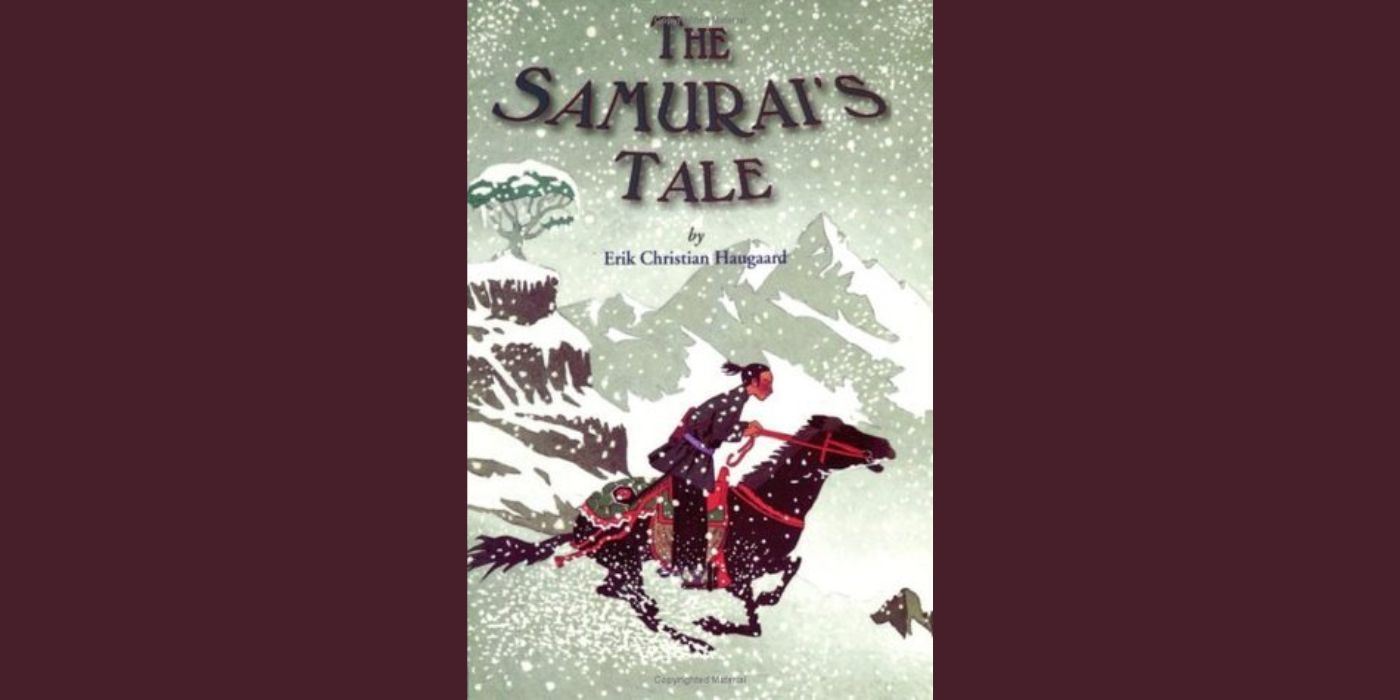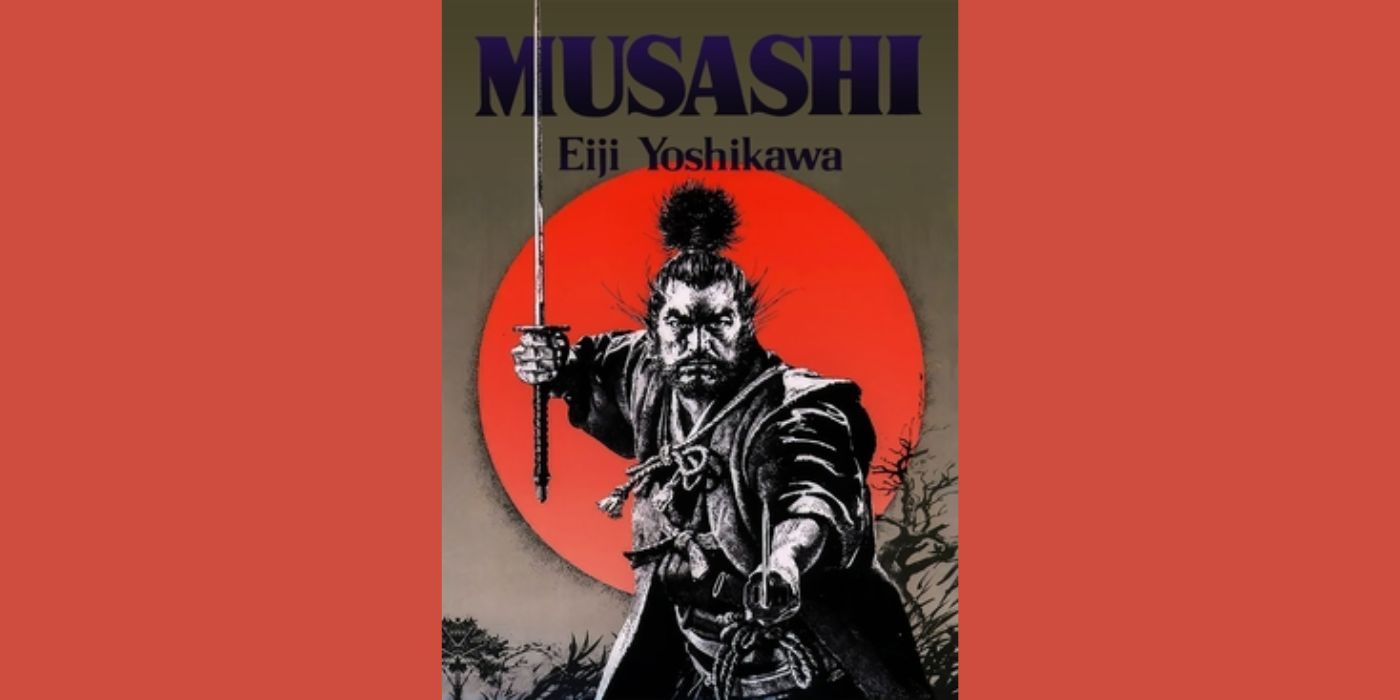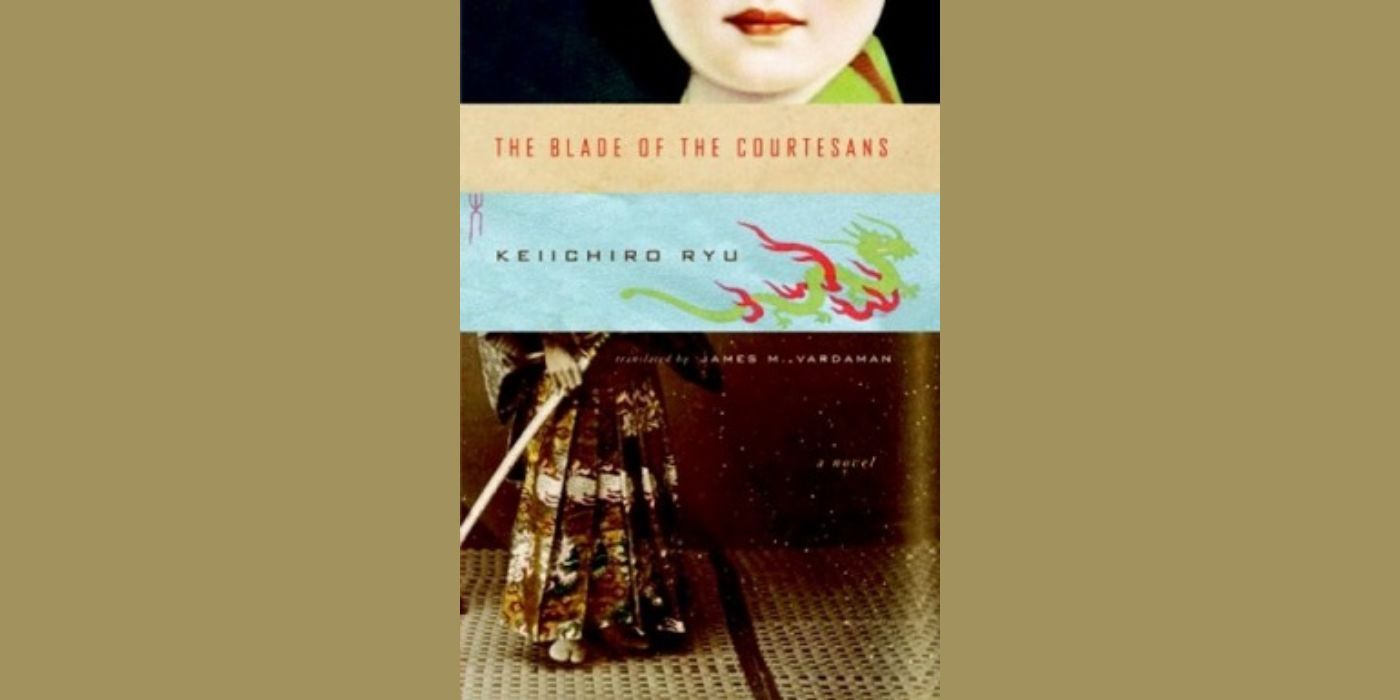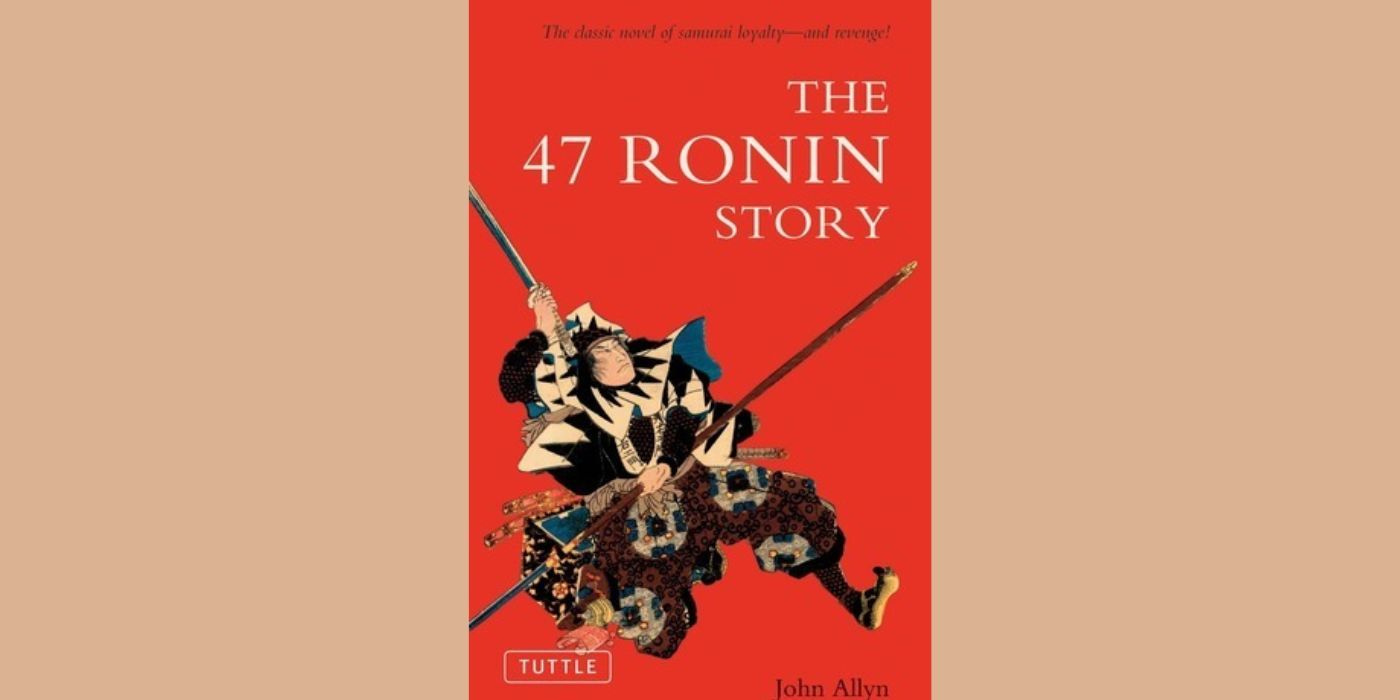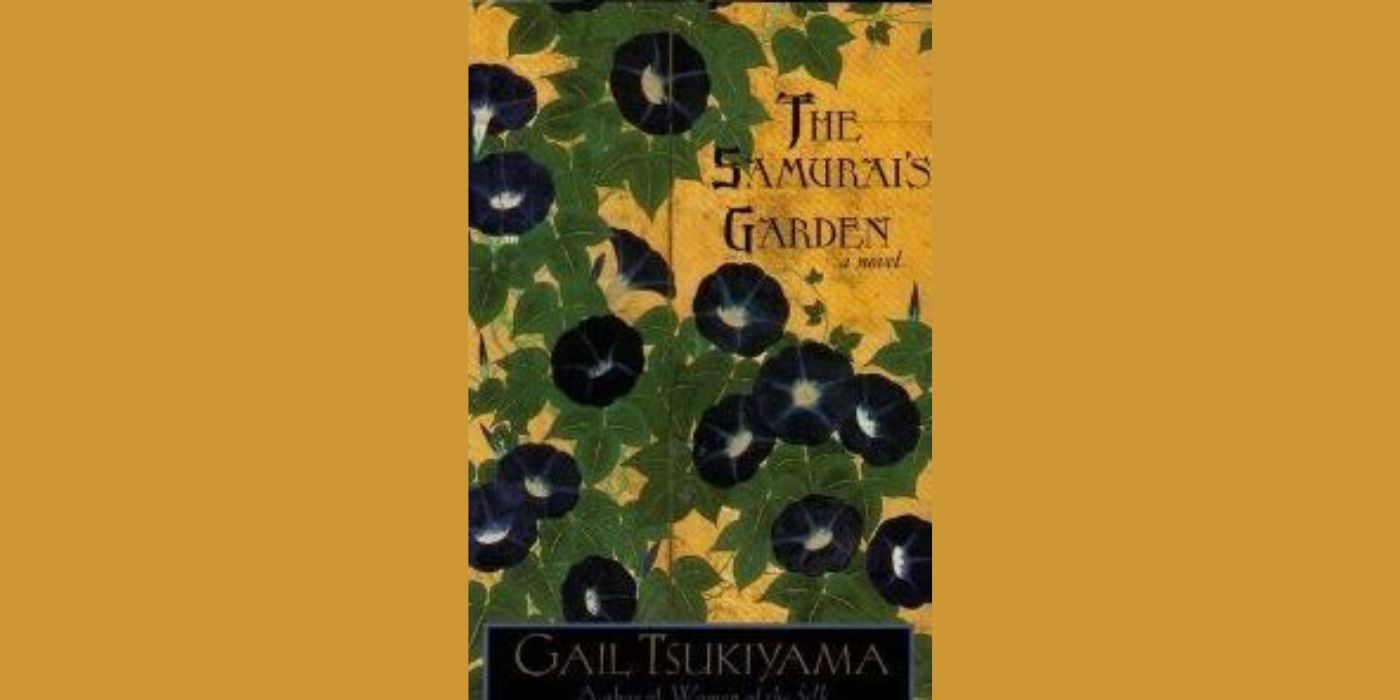Shōgun is the hit Hulu and FX miniseries that took audiences by storm, hitting streaming services in 2024 to unanimous approval from critics. The show is based on a novel by James Clavell, and is set in the Edo Period of Japan. The story and characters are entirely fictional, but take inspiration from real historical figures, making it a sort of alternate history TV show. While the series was initially intended to be a “one and done,” consisting of no more than eight episodes, its enormous success has prompted the showrunners to develop a second season, set to be released later this year.
But until then, you may be looking for something to fill that void. Perhaps you want a closer look at the politics of Feudal Japan or the inner workings of the samurai code, or perhaps you’re just in the mood for a sweet new samurai story. In any event, there are lots of books that you should definitely check out while you wait for the next season of Shōgun to be released.
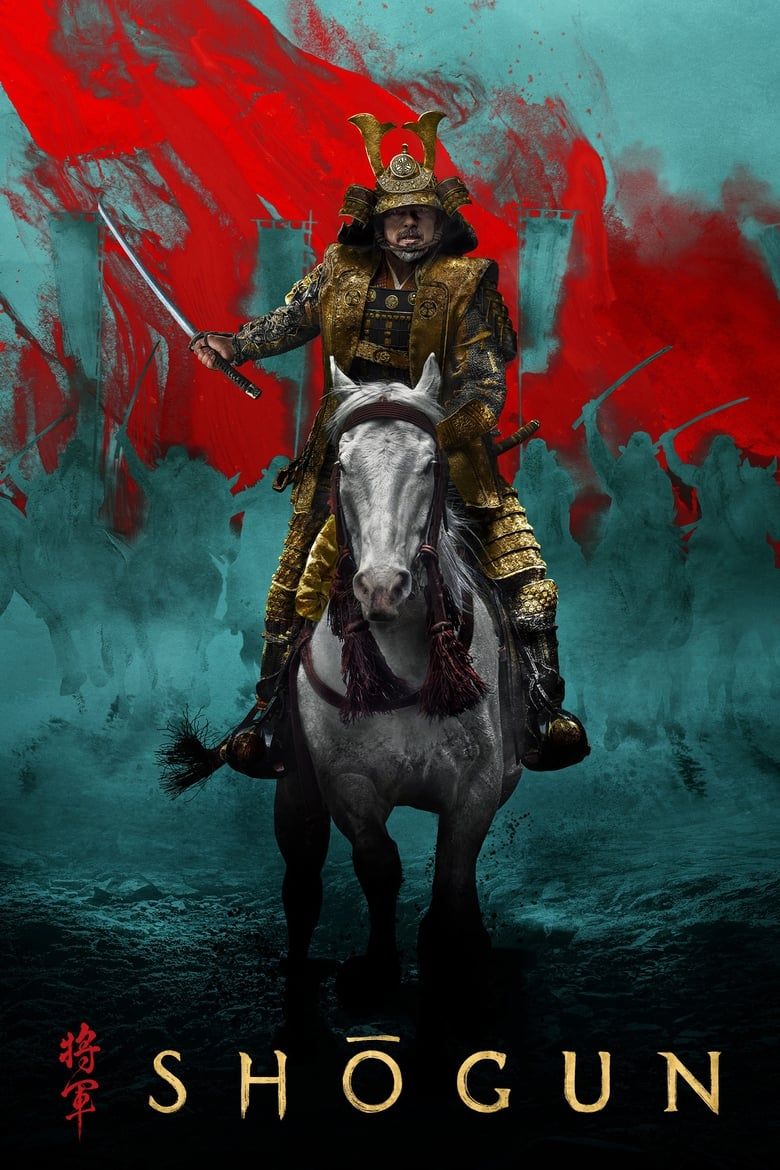
Shogun
- Release Date
-
2024 – 2025
- Directors
-
Fred Toye, Jonathan van Tulleken, Charlotte Brändström, Takeshi Fukunaga, Hiromi Kamata
10
‘Tai-Pan’ (1966)
Written by James Clavell
Tai-Pan is another novel written by James Clavell, the same author behind the original Shōgun novel. Clavell wrote several historical fiction novels, many of which take place in East Asia, forming a loosely connected collection referred to by fans as the “Asian Saga.” All of these books, Shōgun included, all center on European travelers in historical East Asia, and Tai-Pan is no exception to this.
Instead of being about Feudal Japan, however, this novel takes place in British Hong Kong after the First Opium War in the mid-19th Century. While it is definitely more focused on China and is a departure from the Japanese setting of Shōgun, Tai-Pan is seen as a companion piece to other Clavell novels, and is similarly written, containing a lot of the same themes and politics as Shōgun. It’s definitely worth checking out if you’re a fan of Clavell’s storytelling techniques.
9
‘The Samurai’ (1980)
Written by Shūsaku Endō
Come on, who doesn’t love a good samurai story? Shūsaku Endō‘s The Samurai was initially published in 1980, but wasn’t translated into English for another 17 years. The Samurai serves as sort of an inverse of the plot of Shōgun—whereas the latter focused on European travelers setting foot on Japanese soil, the former centers on Japanese travelers setting foot on European soil, set around the same time period, of course.
This is actually loosely based on true events, namely about a diplomatic mission to Mexico by Japanese nobles, which occurred in the 17th Century. The protagonist is real-life samurai Hasekura Rokuemon, who led the mission, and found himself caught in a cultural clash upon his arrival. It draws some interesting parallels to Shōgun, especially with its themes of foreign intervention and samurai culture, which makes it a great fit for fans of the TV show.
8
‘Taiko’ (1937)
Written by Eiji Yoshikawa
Taiko is an absolute monster of a novel, coming in at over 900 pages. The novel is primarily historical fiction, but also semi-biographical, as it largely follows the life of Toyotomi Hideyoshi, also known as “The Great Unifier.” As it happens, Hideyoshi lived near the end of the 16th Century, and actually serves as the inspiration for one of Shōgun’s characters, that being Nakamura Hidetoshi (Yukijirō Hotaru), who is commonly referred to as “The Taiko” in the show.
This novel can be seen as a pseudo-prequel to the events of Shōgun, detailing Hideyoshi’s childhood, political career, rise to power, and his eventual death in 1598. Initially published as a group of newspaper serials in 1937, the fully compiled book wasn’t released in English until 1992. For fans of Shōgun, this book is the ultimate bit of context, examining why things are the way they are in the show, and the real-life events that led up to it.
7
‘The African Samurai’ (2023)
Written by Craig Shreve
The African Samurai is a novel about a real historical figure, one who has received a lot of fame recently. The man in question is Yasuke, a slave who was likely from present-day Mozambique, whom the Portuguese sold to the Japanese. Yasuke later became a well-respected bodyguard of Lord Nobunaga, with some historical records stating that Yasuke may have received the full title of samurai for saving the life of his lord twice, making him the only Black man to ever receive the title.
This is an interesting book for fans of Shōgun because the real-life Lord Nobunaga served as the basis for one of the show’s characters, Lord Kuroda (Eijiro Ozaki). Another similar feature is the prominent themes of a foreigner becoming part of Japanese samurai politics and the blood feuds between clans, which is primarily because Lord Nobunaga was a fan of pretty much anything foreign. The African Samurai is a great novel about a historical figure who, for the longest time, was overlooked, yet one who is fascinating, nonetheless. It’s also fantastic for Shōgun fans due to the way it features real characters that served as the inspiration for the Clavell novel.
6
‘Cloud of Sparrows’ (2002)
Written by Takashi Matsuoka
Cloud of Sparrows is the first in a duology by Takashi Matsuoka, which is set at the end of the Edo Period, in the mid-19th Century. The Edo Period is slowly coming to a close as the year 1861 dawns in the warring states of Japan. Following centuries of isolation, Japan finally opens itself up to foreign nations, causing a whole new set of cultural disputes. Lord Genji, a feudal lord with the gift of prophecy, dreams that his life will be saved by a foreigner. His dreams come true, intertwining his life with that of an American missionary sent to Japan to spread Christianity.
Now it’s up to Genji and his newfound friends to stop the attempts on his life and earn more respect amongst the other warring factions. Cloud of Sparrows got great reviews from critics and from fans of James Clavell’s novels, which should be no surprise. There is a clear resemblance in its themes of Christian missionaries in Japan, and with a feudal lord finding an unexpected ally in a foreigner, making it an ideal choice for Shōgun lovers.
5
‘The Samurai’s Tale’ (1984)
Written by Erik Christian Haugaard
The Samurai’s Tale is a novel that isn’t exactly perfect, but that is loved by historical fiction fans due to its relatively shorter length and its inherent simplicity. There’s not a whole lot about politics, wars, conspiracy, or betrayal in here; it’s just a solid, beginning-to-end, fictional story about the life of a boy who becomes a samurai. The boy in question is Taro, whose village is slaughtered amidst the constant turmoil of Feudal Japan. Fortunately, he is spared and is taken in by the very clan that turned his life upside-down, where he lives as a servant, though he dreams of being a samurai like his ancestors.
If some of the other books on this list are too intimidating due to their immense size or complex narratives, The Samurai’s Tale is one that is definitely more palatable, as it’s only about 250 pages and isn’t padded with any unnecessary fluff. It’s not a book for everyone, and it isn’t a great source of historical information or anything like that. However, if any Shōgun fans are in the mood for a simple little story, it’s an excellent book to choose.
4
‘Musashi’ (1935)
Written by Eiji Yoshikawa
Musashi is written by Eiji Yoshikawa, who also wrote Taiko. Believe it or not, the former is actually even longer than the latter, coming in at nearly 1000 pages. Even in spite of its daunting length, the book is extremely informative and exciting, and is very similar in tone to Taiko. Instead of being about The Great Unifier, Musashi is a fictionalized biography of Miyamoto Musashi, who isn’t just one of the most famous Japanese swordsmen who ever lived, but is also the author of The Book of Five Rings, one of the definitive texts about Japanese martial arts and swordsmanship.
Like Taiko, Musashi wasn’t compiled and published in English until many years later, with it beginning as a bunch of Japanese newspaper serials. This is a brilliant choice for fans of Shōgun, as the book not only follows the life of an important figure in Japanese history but also examines swordsmanship and court practices in Feudal Japan, adding extra historical context and information to the world of the show.
3
‘The Blade of the Courtesans’ (1986)
Written by Keiichiro Ryu
The Blade of the Courtesans is set during the early Edo Period, centered on the fictional samurai Matsunaga Seiichiro. Seiichiro is the adoptive son of the aforementioned swordsman Musashi, who trained him in the ways of the samurai and swordsmanship. However, Seiichiro’s true ancestry is a secret that he must keep at all costs: he is the son of retired Emperor Go-Mizunoo, rescued from the Tokugawa clan’s purge by his adoptive father.
Critics were all over this book, mainly for its prose and pulse-pounding action. The combat sequences are described in such a way that they feel like modern martial arts movies, going by at breakneck speed, but also maintaining control and elegance. Historians also loved the book for how well it was researched, including subtle nuances about samurai culture. Fans of Shōgun will love The Blade of the Courtesans for its historical take on one of Japan’s most turbulent eras, and for its political conspiracies and blood feuds.
2
‘The Forty-Seven Ronin Story’ (1970)
Written by John Allyn
John Allyn‘s The Forty-Seven Ronin Story is a fictionalized retelling of a very true story. The real events took place in the Edo Period, when Lord Asano was targeted by a rivaling clan, leading to his forced seppuku and the stripping of his title and honor. This meant that the 47 samurai under his command became rōnin, samurai without rank, and without a lord to serve. Angered and dishonored, these rōnin led a bloody crusade for revenge against the rival clans.
This is a story that is well-known in Japanese history, one that has spawned two movie adaptations: one masterpiece in 1941, and one truly terrible film remake in the 21st Century, starring Keanu Reeves. The book serves as a bit of a different take on the familiar tale, presenting the events through prose rather than film. Still, for fans of Shōgun, this is an absolutely essential read, as it examines samurai politics and familiarizes readers with one of the most famous pieces of Japanese history.
1
‘The Samurai’s Garden’ (1995)
Written by Gail Tsukiyama
The Samurai’s Garden is written by Gail Tsukiyama, an American author of Japanese ancestry, and tells the tale of Stephen, a young Chinese painter who contracts tuberculosis and is sent to a coastal village in Japan to recover. Here, Stephen is overseen by Matsu, who serves as a spiritual mentor to Stephen. Stephen also discovers that Matsu considers himself not a samurai in the traditional sense, but a “samurai of the soul,” devoted to seeing the beauty in the world, and to nurturing and protecting the nature of life.
While the setting and characters in the novel are drastically different than those in the TV show, there are certainly some parallels to it. Mainly, it features a foreigner who is a samurai, in the traditional or the spiritual sense, takes under his wing, allowing him to learn their way of life. Those who liked Shōgun‘s sense of drama and deep emotions will likely enjoy The Samurai’s Garden as well, even though their settings are like night and day.
